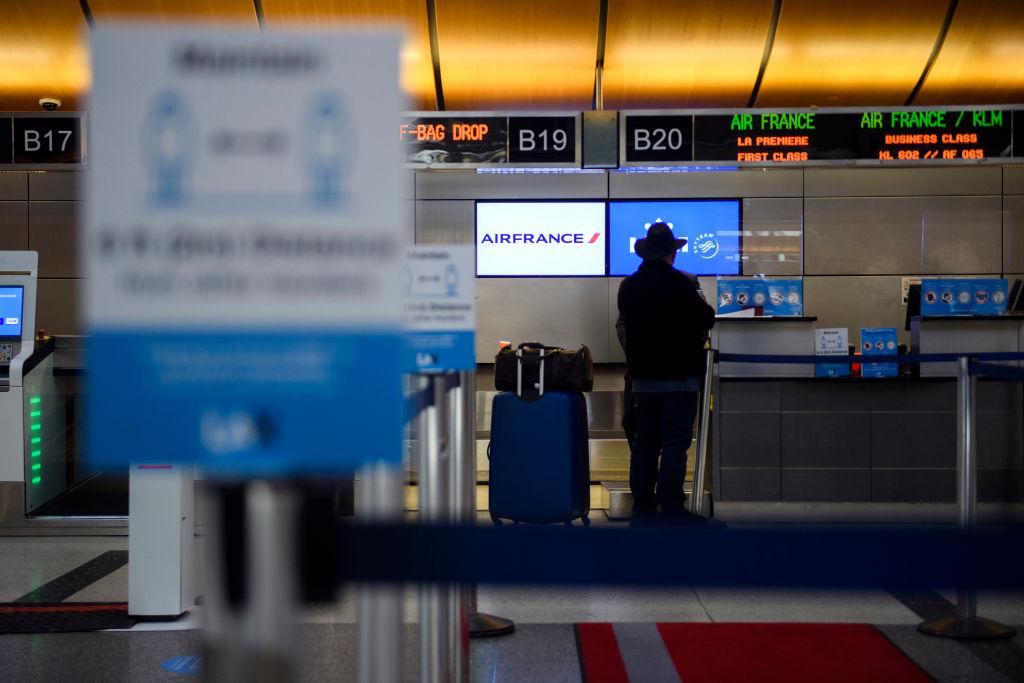
Nearly a month after the European Council recommended tightening COVID-19 rules for US passengers flying to Europe, some countries in the region have implemented stricter requirements while others have not, making travel from the US to Europe more complicated.
The European Council recommended on Aug. 30 removing the US from the European Union’s “safe” list of countries. Also recommended for exclusion from the safe list were Israel, Kosovo, Lebanon, Montenegro and North Macedonia. On Sept. 23, the European Council added Chile, Kuwait and Rwanda to the safe list, but removed Bosnia Herzegovina and the Republic of Moldova.
The safe list allows travelers to enter an EU country with a negative COVID-19 test result or proof of vaccination, without having to quarantine, whether the trip is considered essential or not. EU nations do not have to follow the council's recommendations.
The removal of the US from the safe list in particular caused a stir, as many network airlines had hoped for a recovery on transatlantic travel this fall. The US had only been added to the safe list in June.
The tightening of recommendations from the EU side came just a few weeks before the Sept. 20 decision by the Biden administration to allow travelers from many countries, including most of the EU and the UK, to enter the US from November, highlighting the ongoing inconsistency of global travel rules, which airlines have been criticizing since early on in the pandemic.
IATA has noted the significant differences in how EU member states are managing travel, with 41% of states not allowing vaccinated travelers from non-EU safe list countries to enter.
The decision by the European Council and subsequent updates from individual countries highlight the lack of cohesion.
Sweden, for example, removed the US from a list of countries exempt from its entry ban from Sept. 6. Similarly, travelers from the US have not been allowed to enter Bulgaria, which considers the US a “red zone,” since Sept. 1, unless they meet certain exceptions. Meanwhile, Greece is continuing to allow US visitors and Portugal is also allowing US travelers in with a negative COVID-19 test to enter. US passengers can enter Spain for non-essential reasons with proof of vaccination.
Germany already had the US classified as a “high-risk zone” before the country was removed from the safe list, but several other countries have taken steps to fall in line with what the European Council has recommended.
France said Sept. 10 it was placing the US and Israel on its orange list for travel, meaning arrivals from those countries who are not vaccinated against COVID-19 have to demonstrate their trip is for essential reasons, and self-isolate for seven days as well as being tested before, and possibly after, arrival.
Photo credit: Patrick T. Fallon/AFP/Getty Images
